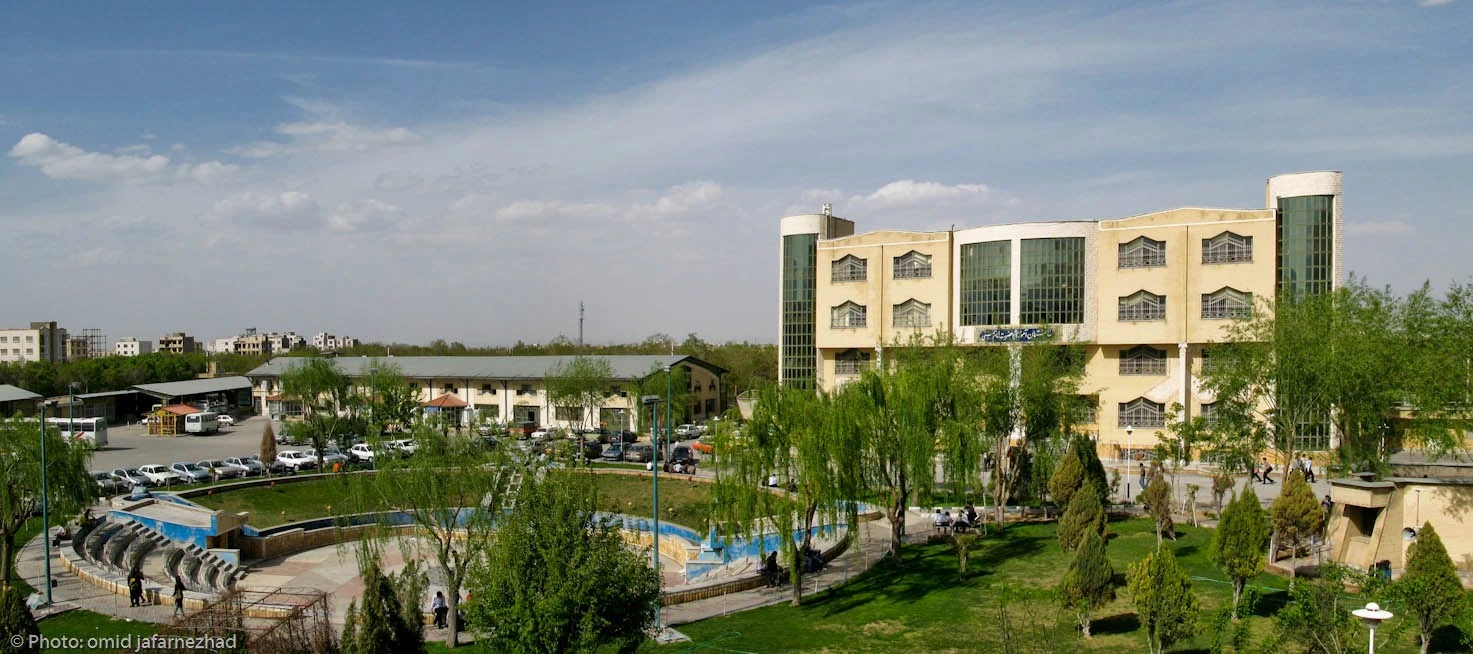From NEET to Tehran: Study MBBS in Iran with Confidence — Shortlisting, Documents, Scholarships, and Hostel Life

Studying MBBS in Iran has become one of the smartest academic choices for Indian students aiming to balance quality education with affordable costs. The country offers world-class medical programs, advanced hospital training, English-medium teaching, and globally recognized degrees. This complete guide takes you step by step—from clearing NEET to settling in your Iranian hostel—covering shortlisting, documentation, scholarships, living expenses, and much more.
1. Why Choose Iran for MBBS in 2025
Iran’s medical education system stands on a strong foundation of research, public health, and clinical exposure. Over the past decade, it has grown into a preferred destination for international students due to:
-
Affordable Fees: Annual tuition averages between USD 4,500–8,000, much lower than most Western countries.
-
English-Medium Programs: Several top universities teach MBBS entirely in English, minimizing the language barrier.
-
Globally Recognized Universities: Many Iranian universities are listed in global directories recognized by WHO and NMC.
-
Advanced Clinical Exposure: Strong hospital affiliations ensure practical patient-based learning.
-
Safe & Culturally Warm Environment: Iran offers a hospitable atmosphere with a shared Asian lifestyle and food habits.
2. Eligibility Criteria for Indian Students
| Criteria | Requirements (2025 Intake) |
|---|---|
| Academic Qualification | 10+2 with Physics, Chemistry, Biology & English (minimum 50% marks in PCB) |
| Entrance Exam | Valid NEET score is mandatory for Indian students |
| Age Limit | Minimum 17 years by 31st December of admission year |
| Language Requirement | English-taught programs accepted; basic Farsi (Persian) is helpful for clinicals |
| Documents | Valid passport, birth certificate, medical certificate, NEET card, academic transcripts |
3. Step-by-Step Admission Process
Step 1: Clear NEET Exam
Qualify NEET (UG) in India to become eligible for MBBS abroad. Keep your scorecard ready for admission applications.
Step 2: Shortlist Universities
Choose 3–5 top universities based on:
-
Recognition (NMC, WHO)
-
Teaching language (English medium preferred)
-
Fee structure and living costs
-
Affiliated hospitals for clinical rotations
-
Hostel and student facilities
Step 3: Prepare Documents
Create two physical sets and one digital backup (in PDF).
-
10th & 12th mark sheets
-
NEET scorecard
-
Passport (valid for 18+ months)
-
Medical fitness certificate
-
Passport-sized photographs
-
Application form and admission letter (when received)
-
Fee payment receipts
-
Bank statement or financial support letter
Step 4: Submit Application
Apply directly to universities or through an authorized admission partner. Ensure your documents are clear, verified, and attested by MEA and the Iranian Embassy.
Step 5: Receive Offer Letter
Once selected, you’ll receive an offer or invitation letter confirming your admission. This will be required for visa processing.
Step 6: Pay Initial Fees
Complete the initial payment (seat confirmation or semester fee) through official university accounts only. Save all receipts digitally.
Step 7: Apply for Student Visa
Submit your visa application at the Iranian Embassy with:
-
Offer letter
-
Passport
-
Medical & police clearance
-
Financial proofs
-
Insurance details
Visa processing usually takes 15–25 working days.
Step 8: Book Flight & Prepare for Travel
After receiving your visa, book your flight to Tehran or the respective city of your university. Keep all documents handy in your cabin bag.
4. Top Medical Universities in Iran
| University Name | Location | Medium | Tuition (Per Year) | Affiliated Hospitals |
|---|---|---|---|---|
| Tehran University of Medical Sciences | Tehran | English | USD 7,000 | Shariati Hospital, Sina Hospital |
| Shahid Beheshti University of Medical Sciences | Tehran | English | USD 6,800 | Taleghani & Imam Hossein Hospitals |
| Shiraz University of Medical Sciences | Shiraz | English | USD 6,500 | Namazi Hospital |
| Isfahan University of Medical Sciences | Isfahan | English | USD 5,800 | Alzahra Teaching Hospital |
| Iran University of Medical Sciences | Tehran | English | USD 7,200 | Rasool Akram Hospital |
5. Scholarships and Financial Aid
Iran offers various merit-based and international scholarships:
-
University Merit Scholarships: Awarded to top-performing students based on previous academics.
-
Government of Iran Scholarships: For outstanding international students pursuing medical programs.
-
Partial Tuition Waivers: Offered by select universities after first-year performance.
-
Private or Embassy Scholarships: Occasionally provided for Indian nationals by bilateral programs.
Tip: Apply early and maintain consistent academic performance to qualify for renewal.
6. Hostel and Student Life
-
Accommodation: Most universities offer separate hostels for male and female students with furnished rooms.
-
Facilities: Mess, Wi-Fi, laundry, study area, and 24-hour security.
-
Food: Students can either cook or subscribe to university mess plans. Vegetarian and Indian food options are often available in larger cities like Tehran and Shiraz.
-
Campus Life: Safe, diverse, and academically engaging with international student communities and cultural events.
-
Healthcare: On-campus clinics and mandatory student health insurance ensure basic medical coverage.
7. Living Costs Overview
| Expense Category | Average Monthly Cost (USD) |
|---|---|
| Hostel / Rent | 100–150 |
| Food & Groceries | 80–120 |
| Transportation | 20–30 |
| Utilities & Internet | 25–35 |
| Miscellaneous / Leisure | 40–50 |
| Total Monthly | 270–350 |
Annual living costs: approx. USD 3,000–4,000 (INR 2.4–3.3 lakhs depending on lifestyle and city).
8. Duration and Curriculum
-
Total Duration: 6 years (5 academic + 1 internship)
-
Curriculum Phases:
-
Pre-Clinical (Year 1–2): Basic sciences like Anatomy, Biochemistry, Physiology.
-
Para-Clinical (Year 3–4): Pathology, Microbiology, Pharmacology.
-
Clinical (Year 5–6): Rotations in Surgery, Medicine, Pediatrics, Obstetrics, and other specializations.
-
Universities also emphasize research, community healthcare, and case-based learning aligned with global standards.
9. Post-Graduation & Career Options
After completing your MBBS in Iran:
-
Return to India: Appear for the NMC Screening (FMGE/NExT) exam to practice in India.
-
Pursue PG Abroad: Take USMLE (USA), PLAB (UK), or other licensing exams depending on your career goals.
-
Work in Iran / Middle East: Graduates can explore internships, residency, or research positions in Iran and neighboring countries.
10. Final Checklist Before Departure
✅ NEET scorecard & verified academic documents
✅ University admission & invitation letter
✅ Valid passport and student visa
✅ Fee payment receipts
✅ Health and travel insurance
✅ Essential items: clothes, medicines, adaptors, documents
✅ Emergency contacts and embassy details
Conclusion
Choosing Iran for MBBS in 2025 is a decision grounded in logic, affordability, and opportunity. With English-taught programs, globally recognized universities, experienced faculty, and advanced clinical facilities, it offers Indian students the chance to pursue medicine abroad confidently. When you follow the right process—shortlist carefully, prepare documents early, apply strategically, and plan your budget wisely—you turn your NEET success into a successful international medical journey from India to Tehran.








